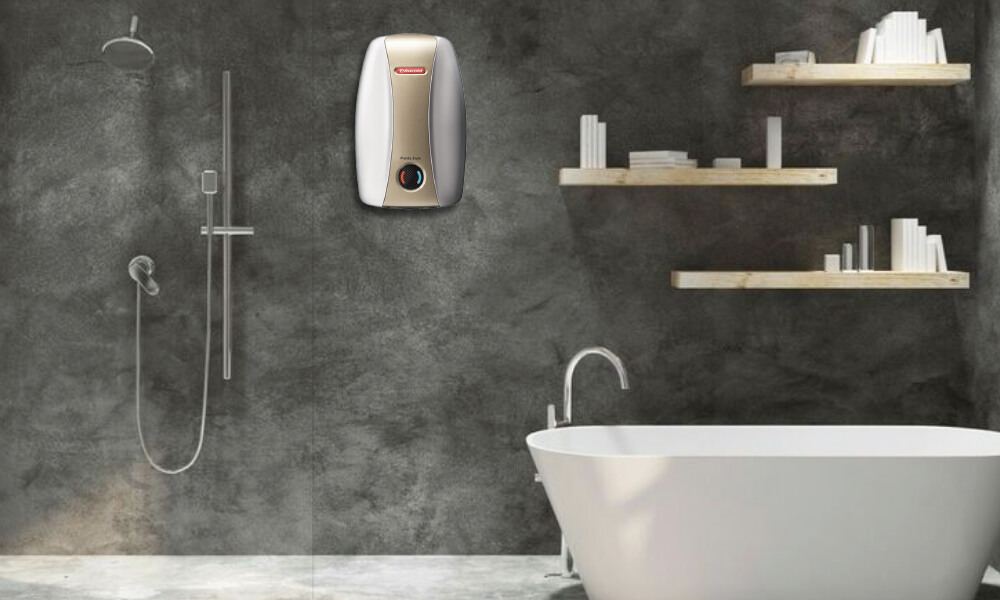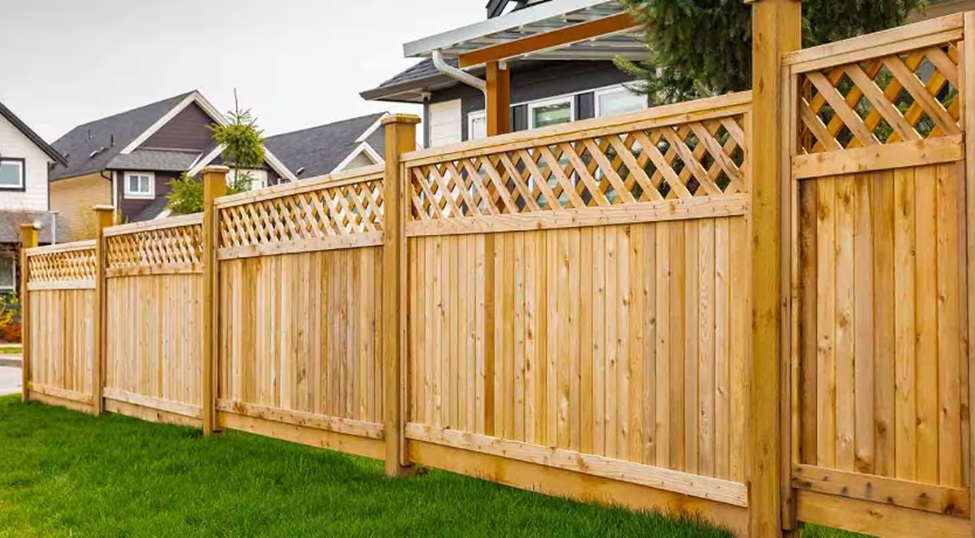Idaho residents and potential movers discover notable savings compared to Washington and Oregon, with mixed results versus Montana, Wyoming, and Utah. The Gem State’s economic landscape offers distinct advantages across housing, taxes, and daily expenses, though certain costs like utilities may run higher than in some neighbouring states. When people research what is the cost of living in Idaho, they find a state that balances affordability with quality of life, particularly when compared to its Pacific Northwest neighbours.
Housing costs across borders
Housing represents the most dramatic difference between Idaho and its neighbours. While Boise’s median home prices hover around $588,000, they remain well below Seattle’s $850,000 and Portland’s $525,000. Even Idaho’s priciest markets like Sun Valley offer better value than comparable resort areas in Colorado or Montana. Eastern Idaho cities provide exceptional affordability compared to similar-sized communities across state lines. Idaho Falls’ median home price of $325,000 undercuts Spokane’s $400,000 and Missoula’s $475,000. Renters find similar patterns, with Boise’s average rent of $1,600 coming in below Portland’s $1,850 and Seattle’s $2,300.
Tax advantages and trade-offs
Idaho’s tax structure creates meaningful savings for many residents:
- State income tax caps at 5.8%, lower than Oregon’s 9.9% and Montana’s 6.75%
- Property taxes average 0.69% of home value, beating Washington’s 0.92%
- Sales tax of 6% remains below Washington’s average of 8.8%
- No estate tax, unlike Washington and Oregon
Business owners particularly benefit from Idaho’s competitive tax environment. Corporate tax rates, business property taxes, and regulatory costs often run 15-30% below those in neighbouring states. This advantage helps offset higher costs in other areas like energy and transportation.
Daily expense comparisons
Grocery costs in Idaho generally run 5-10% below Washington and Oregon metropolitan areas, though slightly above Utah and Wyoming. Restaurant meals, gas prices, and retail goods follow similar patterns, with Boise prices typically falling between the extremes of Seattle and smaller markets like Billings or Casper. Healthcare expenses present a mixed picture, with Idaho’s costs in the middle range of neighbouring states. Insurance premiums and medical services cost less than in Washington but more than in Utah. The state’s growing medical infrastructure continues to improve access while maintaining competitive pricing.
Utilities and services
Due to seasonal extremes and infrastructure factors, energy costs in Idaho run higher than those of some neighbours. Winter heating and summer cooling expenses exceed those in milder coastal climates but align closely with rates in Montana and Wyoming. Water costs remain reasonable across most states, typically 20-30% below Washington rates. Telecommunications services, including internet and mobile coverage, cost roughly the same as neighbouring states. Idaho’s expanding fibre network and 5G deployment ensure residents receive modern connectivity without the premium pricing standard in larger metropolitan areas.
Quality of life factors
Idaho excels in providing lifestyle amenities at reasonable costs:
- Outdoor recreation access costs far less than in Washington or Oregon
- Cultural events and entertainment options grow without matching urban pricing
- Education costs, including university tuition, remain competitive regionally
- Childcare expenses typically fall below Washington and Oregon rates
The state’s combination of natural beauty, growing cities, and relatively affordable living creates an attractive package for those comparing options across the Northwest and Mountain West regions. While certain expenses may run higher than in Wyoming or Utah, Idaho’s overall value proposition strengthens when factoring in economic opportunities, infrastructure development, and lifestyle benefits.
For those considering moving to the Northwest, Idaho presents a balanced option that delivers both financial advantages and quality living standards. The state continues to attract residents seeking relief from high-cost coastal areas while maintaining access to natural resources, employment opportunities, and modern amenities.





